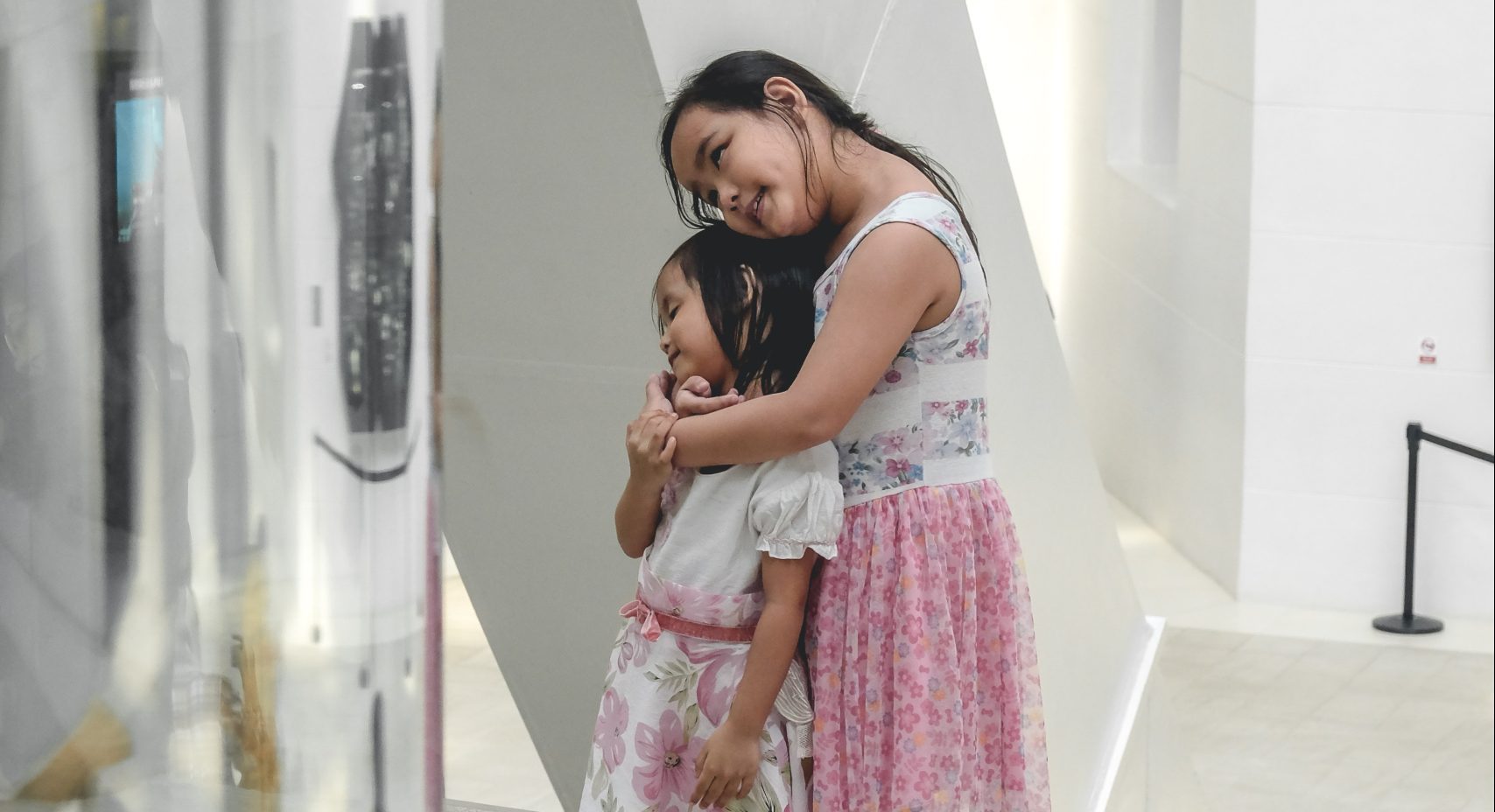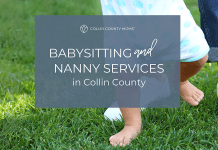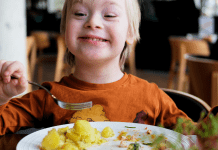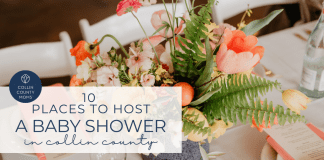
The journey toward understanding belonging and inclusivity is different for everyone. We all come from different places and different walks of life, and we all have different perspectives. Here’s the story of my journey with tips for how to help kids embrace diversity, equity, inclusion, and belonging.
My mom’s favorite holiday is Independence Day. She goes all out to celebrate and always says she loves this country.
When I was a kid, we made homemade vanilla ice cream on the Fourth of July, and my mom cooked one of my all-time favorite meals, Filipino BBQ: skewered pork marinated in vinegar, soy sauce, garlic (so much garlic!), and brown sugar. Yum!
My parents immigrated from the Philippines to the U.S. nearly 50 years ago and gave our family a mash-up of cultures, just like those Fourth of July celebrations.
But being a first-generation American isn’t all ice cream and barbecue.
We Were American, But Still Foreign
In kindergarten, I realized I was one-of-a-kind in the small, south central Texas town where I grew up. For starters, my name was Chantal Borromeo (French first name, Italian last name), and I was a flavor of Asian that few in our community knew. Back then, “Asian-American” wasn’t a term; they called us “Oriental.”
No one could pronounce my name, no one knew where the Philippines was on a map, and while my parents’ dialect is similar to Spanish, it was still very much foreign. Despite being an anomaly in our little town, primarily made up of Mexican Americans, African Americans, and Caucasians, we were part of a tight-knit community, and I felt like I belonged.
But that feeling was fleeting. As I got older, I found myself between two cultures not entirely mine, which made me question: Where and how do I belong?
The Search for Belonging Can Be Complex
Fast forward many years and many life changes, like becoming a mother to a biracial child, I find myself wondering, where am I from, really? Is it the place where I was born? Is it where my parents were born? Is it where I was raised in my childhood and adolescence? Or is it where I live now?
And would the answer help explain who I am? And if I could answer that question, would I finally feel like I belong somewhere? Am I even supposed to feel like I belong somewhere? Are there other people out there who feel the same way?
Wise Words About True Belonging
Maya Angelou, the beloved late author, poet, and civil rights activist, is famous for saying of freedom (in 1973, coincidentally the same year my parents came to the U.S.):
“You are only free when you realize you belong no place—you belong every place—no place at all. The price is high. The reward is great.”
It’s deep stuff, but belonging and inclusivity are big topics right now. Adults and children alike have the potential to be their most open, creative, and productive when they feel that they belong and are included—when they feel that they are seen, heard, and respected.
Another one of my muses, the researcher, professor, and author, Brené Brown, who opens and closes her book Braving the Wilderness: The Quest for True Belonging and the Courage to Stand Alone with Ms. Angelou’s wise words above, defines true belonging as:
“True belonging is the spiritual practice of believing in and belonging to yourself so deeply that you can share your most authentic self with the world and find sacredness in both being a part of something and standing alone in the wilderness. True belonging doesn’t require you to change who you are; it requires you to be who you are.”
Belonging Resides in Ourselves First
The realization that freedom and belonging reside in ourselves first and is reinforced by others, no matter where we are in the world, is both exhilarating and intimidating. The price is high. The reward is great.
Companies around the world are just now exploring how to foster inclusive workplaces, so parents have an opportunity to give kids a head start in helping them understand how to (1) feel like they truly belong and are included, and (2) help others feel like they truly belong and are included.
3 Ways to Teach Kids About Inclusivity
-
Model inclusive behaviors at home.
Whether there are two, four, six, or more in your family, everyone needs to feel heard, seen, and loved, and needs to hear, see, and love. Oftentimes we treat strangers better than our own family members. When kids feel like outsiders in their own homes, feelings of insecurity start, and fester, and eventually grow.
If the family is planning to go somewhere or do family game night, invite everyone to join and ask each person for their opinion to help in the decision making, even the ones you assume will opt out of family time. Everyone appreciates being asked and heard.
Be consistent in modeling the same behavior with everyone, not just the family members who are easiest to deal with. Acts of kindness and respect foster feelings of belonging.
2. Teach empathy by acknowledging that feeling excluded is hurtful.
For kids, especially, it’s difficult to avoid feeling excluded—someone isn’t invited to a birthday party, or no one offers a seat in the cafeteria, or a group text is limited to a certain few. Because there are little to no scenarios where everyone can be invited, there will be situations where someone feels excluded.
If you or your child feel excluded, sit with those feelings a bit and name the disappointment. For example, Nancy didn’t invite me to her party, and I’m disappointed because I thought we are better friends.
If your child feels sad, let them know that you have similar experiences and that it’s ok to feel sad. Give a big hug, look them in the eye, and remind them about the areas in their life where they belong: with you, with your family, with another group of friends, with a sports team, or extracurricular activity.
This helps teach them how to shift to positive thoughts and feelings during times when self-confidence is tested.
3. Talk about diversity, equity, and inclusion on a regular basis.
In 2003, the Plano Council of PTAs established SAGE (Special and Gifted Education). It provides opportunities for families and teachers of students who learn differently to share resources. According to the Plano Senior PTSA, approximately 25% of the PISD student population falls into the categories SAGE covers.
At my son’s elementary school in past years, SAGE gave students a glimpse into the experiences of children who are blind, deaf, use a wheelchair, or work through learning disorders like dyslexia. Multicultural Night at his school is one of the highlights of the year, with so many people from different nations celebrating together.
At the heart of diversity, equity, and inclusion is ensuring that people of every ethnicity, gender, age, and ability are provided with equal opportunities and can be who they are with no fear of discrimination or exclusion, biased or unbiased.
There is a long road ahead, but talking to your kids when encountering people who are different from your family will go far in creating more inclusive environments for everyone.
Everyone Has a Place to Belong
Living in Collin County, we have a melting pot of cultures and lifestyles, many first- generation Americans like my family, some fifth generation, some who know exactly where they belong, others who are still searching, and a whole bunch in between.
The pride and joy my mom feels for America, the country she and my dad chose as their home, exemplifies exactly what Brené Brown describes: “True belonging doesn’t require you to change who you are; it requires you to be who you are.” Admittedly, I’m still searching, but I’m grateful I know my direction.













